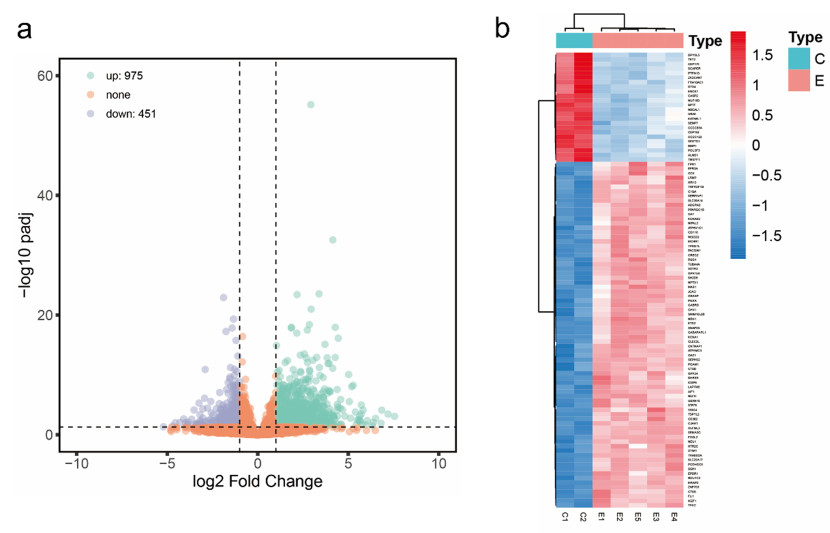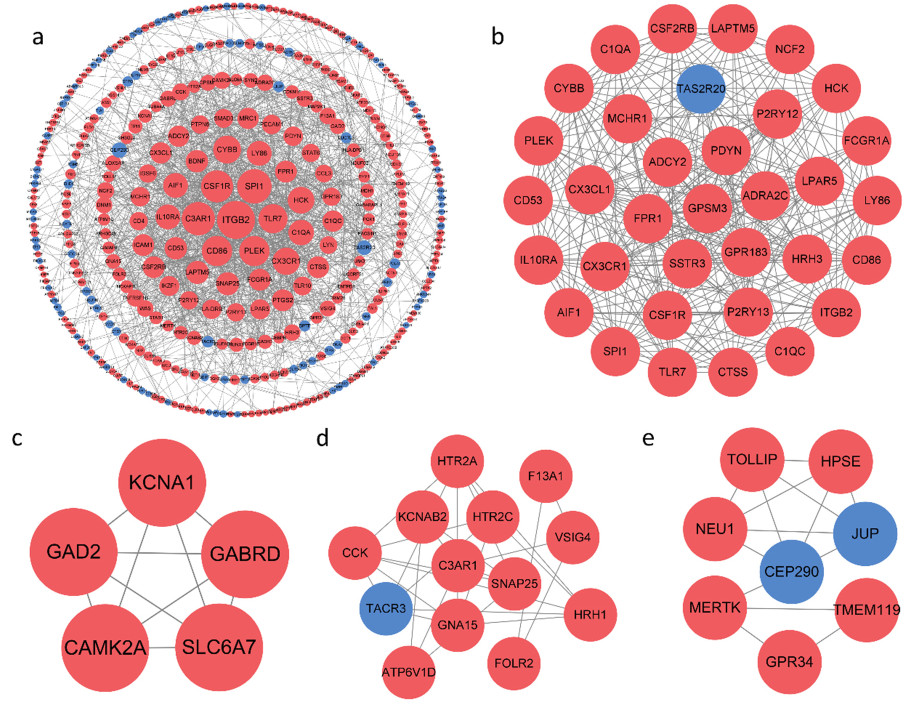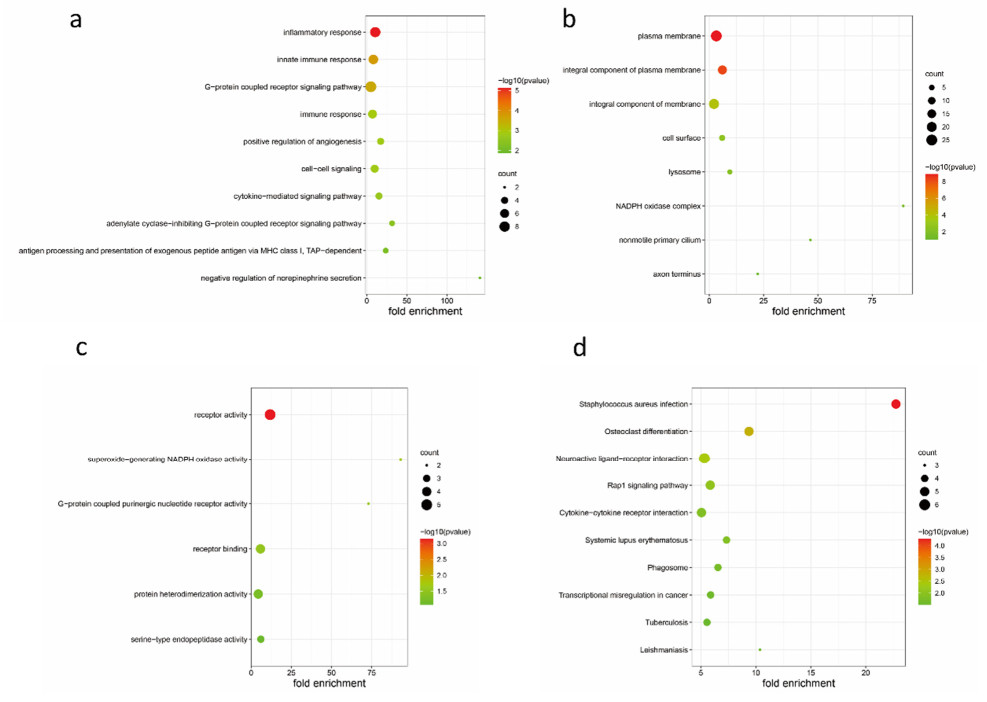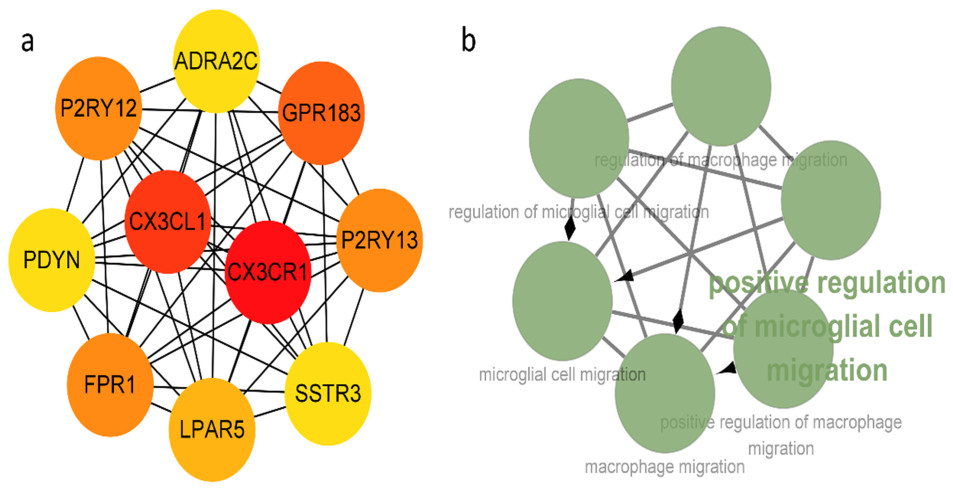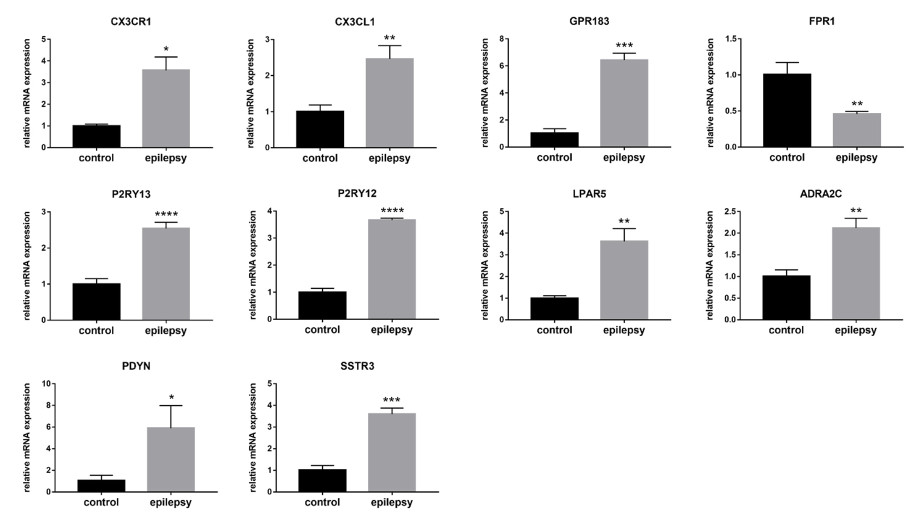|
[1]
|
O. Nevalainen, H. Ansakorpi, M. Simola, J. Raitanen, J. Isojärvi, M. Artama, et al., Epilepsy-related clinical characteristics and mortality: a systematic review and meta-analysis, Neurology, 83 (2014), 1968–1977.
|
|
[2]
|
S. Popkirov, F. S. Ismail, W. Grönheit, M. Kapauer, J. Wellmer, C. G. Bien, Progressive hippocampal sclerosis after viral encephalitis: Potential role of NMDA receptor antibodies, Seizure, 51 (2017), 6–8.
|
|
[3]
|
J. Choi, D. R. Nordli, T. D. Alden, A. DiPatri, L. Laux, K. Kelley, et al., Cellular injury and neuroinflammation in children with chronic intractable epilepsy, J. Neuroinflammation, 6 (2009), 38.
|
|
[4]
|
A. Vezzani, S. Balosso, T. Ravizza, The role of cytokines in the pathophysiology of epilepsy, Brain Behav. Immun., 22 (2008), 797–803.
|
|
[5]
|
T. Ravizza, B. Gagliardi, F. Noé, K. Boer, E. Aronica, A. Vezzani, Innate and adaptive immunity during epileptogenesis and spontaneous seizures: evidence from experimental models and human temporal lobe epilepsy, Neurobiol. Dis., 29 (2008), 142–160.
|
|
[6]
|
K. Rijkers, H. J. Majoie, G. Hoogland, G. Kenis, M. D. Baets, J. S. Vles, The role of interleukin-1 in seizures and epilepsy: a critical review, Exp. Neurol., 216 (2009), 258–271.
|
|
[7]
|
M. M. Nagib, Y. Yu, J. Jiang, Targeting prostaglandin receptor EP2 for adjunctive treatment of status epilepticus, Pharmacol. Ther., 209 (2020), 107504.
|
|
[8]
|
A. Dey, X. Kang, J. Qiu, Y. Du, J. Jiang, Anti-inflammatory small molecules to treat seizures and epilepsy: from bench to bedside, Trends Pharmacol. Sci., 37 (2016), 463–484.
|
|
[9]
|
K. Boer, W. G. Spliet, P. C. V. Rijen, S. Redeker, D. Troost, E. Aronica, Evidence of activated microglia in focal cortical dysplasia, J. Neuroimmunol., 173 (2006), 188–195.
|
|
[10]
|
M. J. Benson, S. Manzanero, K. Borges, Complex alterations in microglial M1/M2 markers during the development of epilepsy in two mouse models, Epilepsia, 56 (2015), 895–905.
|
|
[11]
|
G. Kalozoumi, O. Kel-Margoulis, E. Vafiadaki, D. Greenberg, H. Bernard, H. Soreq, et al., Glial responses during epileptogenesis in Mus musculus point to potential therapeutic targets, PLoS One, 13 (2018), e0201742.
|
|
[12]
|
Z. H. Luo, A. A. Walid, Y. Xie, H. Long, W. Xiao, L. Xu, et al., Construction and analysis of a dysregulated lncRNA-associated ceRNA network in a rat model of temporal lobe epilepsy, Seizure, 69 (2019), 105–114.
|
|
[13]
|
Q. L. Chen, L. Xia, S. P. Zhong, Q. Wang, J. Ding, Bioinformatic analysis identifies key transcriptome signatures in temporal lobe epilepsy, Neuroscience, 26 (2020), 1266–1277.
|
|
[14]
|
V. Riban, V. Bouilleret, B. T. Pham-Lê, J. M. Fritschy, C. Marescaux, A. Depaulis, Evolution of hippocampal epileptic activity during the development of hippocampal sclerosis in a mouse model of temporal lobe epilepsy, Neuroscience, 112 (2002), 101–111.
|
|
[15]
|
A. Mortazavi, B. A. Williams, K. McCue, L. Schaeffer, B. Wold, Mapping and quantifying mammalian transcriptomes by RNA-Seq, Nat. Methods, 5 (2008), 621–628.
|
|
[16]
|
G. D. Bader, C. W. Hogue, An automated method for finding molecular complexes in large protein interaction networks, BMC Bioinf., 4 (2003), 2.
|
|
[17]
|
C. H. Chin, S. H. Chen, H. H. Wu, C. W. Ho, M. T. Ko, C. Y. Lin, cytoHubba: identifying hub objects and sub-networks from complex interactome, BMC Syst. Biol., 8 (2014), S11.
|
|
[18]
|
G. Bindea, B. Mlecnik, H. Hackl, P. Charoentong, M. Tosolini, A. Kirilovsky, et al., ClueGO: a Cytoscape plug-in to decipher functionally grouped gene ontology and pathway annotation networks, Bioinformatics, 25 (2009), 1091–1093.
|
|
[19]
|
G. Bindea, J. Galon, B. Mlecnik, CluePedia Cytoscape plugin: pathway insights using integrated experimental and in silico data, Bioinformatics, 29 (2013), 661–663.
|
|
[20]
|
X. He, J. Zhang, Why do hubs tend to be essential in protein networks?, PLoS Genet., 2 (2006), e88.
|
|
[21]
|
N. Yu, H. Liu, Q. Di, Modulation of Immunity and the Inflammatory Response: A New Target for Treating Drug-resistant Epilepsy, Curr. Neuropharmacol., 11 (2013), 114–127.
|
|
[22]
|
S. Kinoshita, R. Koyama, Pro- and anti-epileptic roles of microglia, Neural. Regen. Res., 16 (2021), 1369–1371.
|
|
[23]
|
A. Nishiyori, M. Minami, Y. Ohtani, S. Takami, J. Yamamoto, N. Kawaguchi, et al., Localization of fractalkine and CX3CR1 mRNAs in rat brain: does fractalkine play a role in signaling from neuron to microglia?, FEBS Lett., 429 (1998), 167–172.
|
|
[24]
|
J. K. Harrison, Y. Jiang, S. Chen, Y. Xia, D. Maciejewski, R. K. McNamara, et al., Role for neuronally derived fractalkine in mediating interactions between neurons and CX3CR1-expressing microglia, Proc. Nat. Acad. Sci. U. S. A., 95 (1998), 10896–10901.
|
|
[25]
|
O. Meucci, A. Fatatis, A. A. Simen, R. J. Miller, Expression of CX3CR1 chemokine receptors on neurons and their role in neuronal survival, Proc. Nat. Acad. Sci. U. S. A., 97 (2000), 8075–8080.
|
|
[26]
|
A. E. Cardona, E. P. Pioro, M. E. Sasse, V. Kostenko, S. M. Cardona, I. M. Dijkstra, et al., Control of microglial neurotoxicity by the fractalkine receptor, Nat. Neurosci., 9 (2006), 917–924.
|
|
[27]
|
A. D. Bachstetter, J. M. Morganti, J. Jernberg, A. Schlunk, S. H. Mitchell, K. W. Brewster, et al., Fractalkine and CX 3 CR1 regulate hippocampal neurogenesis in adult and aged rats, Neurobiol. Aging, 32 (2011), 2030–2044.
|
|
[28]
|
Y. Xu, K. Zeng, Y. Han, L. Wang, D. Chen, Z. Xi, et al., Altered expression of CX3CL1 in patients with epilepsy and in a rat model, Am. J. Pathol., 180 (2012), 1950–1962.
|
|
[29]
|
C. Roseti, S. Fucile, C. Lauro, K. Martinello, C. Bertollini, V. Esposito, et al., Fractalkine/CX3CL1 modulates GABAA currents in human temporal lobe epilepsy, Epilepsia, 54 (2013), 1834–1844.
|
|
[30]
|
U. B. Eyo, J. Peng, M. Murugan, M. Mo, A. Lalani, P. Xie, et al., Regulation of physical microglia-neuron interactions by fractalkine signaling after status epilepticus, eNeuro, 3 (2016).
|
|
[31]
|
S. Hannedouche, J. Zhang, T. Yi, W. Shen, D. Nguyen, J. P. Pereira, et al., Oxysterols direct immune cell migration via EBI2, Nature, 475 (2011), 524–527.
|
|
[32]
|
A. Rutkowska, I. Preuss, F. Gessier, A. W. Sailer, K. K. Dev, EBI2 regulates intracellular signaling and migration in human astrocyte, Glia, 63 (2015), 341–351.
|
|
[33]
|
F. Wanke, S. Moos, A. L. Croxford, A. P. Heinen, S. Gräf, B. Kalt, et al., EBI2 is highly expressed in multiple sclerosis lesions and promotes early CNS migration of encephalitogenic CD4 T cells, Cell Rep., 18 (2017), 1270–1284.
|
|
[34]
|
I. Klejbor, D. R. Shimshek, J. Klimaszewska-Łata, M. Velasco-Estevez, J. Moryś, B. Karaszewski, et al., EBI2 is expressed in glial cells in multiple sclerosis lesions, and its knock-out modulates remyelination in the cuprizone model, Eur. J. Neurosci., (2021).
|
|
[35]
|
F. Boulay, M. Tardif, L. Brouchon, P. Vignais, Synthesis and use of a novel N-formyl peptide derivative to isolate a human N-formyl peptide receptor cDNA, Biochem. Biophys. Res. Commun., 168 (1990), 1103–1109.
|
|
[36]
|
D. C. Maestes, R. M. Potter, E. R. Prossnitz, Differential phosphorylation paradigms dictate desensitization and internalization of the N-formyl peptide receptor, J. Biol. Chem., 274 (1999), 29791–29795.
|
|
[37]
|
B. Postma, M. J. Poppelier, J. C. V. Galen, E. R. Prossnitz, J. A. V. Strijp, C. J. de Haas, et al., Chemotaxis inhibitory protein of Staphylococcus aureus binds specifically to the C5a and formylated peptide receptor, J. Immunol., 172 (2004), 6994–7001.
|
|
[38]
|
K. Bihler, E. Kress, S. Esser, S. Nyamoya, S. C. Tauber, T. Clarner, et al., Formyl peptide receptor 1-mediated glial cell activation in a mouse model of cuprizone-induced demyelination, J. Mol. Neurosci., 62 (2017), 232–243.
|
|
[39]
|
G. Wang, L. Zhang, X. Chen, X. Xue, Q. Guo, M. Liu, et al., Formylpeptide receptors promote the migration and differentiation of rat neural stem cells, Sci. Rep., 6 (2016), 25946.
|
|
[40]
|
Y. Sasaki, M. Hoshi, C. Akazawa, Y. Nakamura, H. Tsuzuki, K. Inoue, et al., Selective expression of Gi/o-coupled ATP receptor P2Y12 in microglia in rat brain, Glia, 44 (2003), 242–250.
|
|
[41]
|
T. R. Hammond, C. Dufort, L. Dissing-Olesen, S. Giera, A. Young, A. Wysoker, et al., Single-cell RNA sequencing of microglia throughout the mouse lifespan and in the injured brain reveals complex cell-state changes, Immunity, 50 (2019), 253–271.
|
|
[42]
|
U. B. Eyo, M. Mo, M. H. Yi, M. Murugan, J. Liu, R. Yarlagadda, et al., P2Y12R-dependent translocation mechanisms gate the changing microglial landscape, Cell Rep., 23 (2018), 959–966.
|
|
[43]
|
S. E. Haynes, G. Hollopeter, G. Yang, D. Kurpius, M. E. Dailey, W. B. Gan, et al., The P2Y12 receptor regulates microglial activation by extracellular nucleotides, Nat. Neurosci., 9 (2006), 1512–1519.
|
|
[44]
|
U. B. Eyo, J. Peng, P. Swiatkowski, A. Mukherjee, A. Bispo, L. J. Wu, Neuronal hyperactivity recruits microglial processes via neuronal NMDA receptors and microglial P2Y12 receptors after status epilepticus, J. Neurosci., 34 (2014), 10528–10540.
|
|
[45]
|
M. Mo, U. B. Eyo, M. Xie, J. Peng, D. B. Bosco, A. D. Umpierre, et al., Microglial P2Y12 receptor regulates seizure-induced neurogenesis and immature neuronal projections, J. Neurosci., 39 (2019), 9453–9464.
|
|
[46]
|
K. Kobayashi, H. Yamanaka, F. Yanamoto, M. Okubo, K. Noguchi, Multiple P2Y subtypes in spinal microglia are involved in neuropathic pain after peripheral nerve injury, Glia, 60 (2012), 1529–1539.
|
|
[47]
|
V. Morente, R. Pérez-Sen, F. Ortega, J. Huerta-Cepas, E. G. Delicado, M. T. Miras-Portugal, Neuroprotection elicited by P2Y13 receptors against genotoxic stress by inducing DUSP2 expression and MAPK signaling recovery, Biochem. Biophys. Acta, 1843 (2014), 1886–1898.
|
|
[48]
|
V. Kyrargyri, C. Madry, A. Rifat, I. L. Arancibia-Carcamo, S. P. Jones, V. T. T. Chan, et al., P2Y(13) receptors regulate microglial morphology, surveillance, and resting levels of interleukin 1β release, Glia, 68 (2020), 328–344.
|
|
[49]
|
P. Jiang, F. Xing, B. Guo, J. Yang, Z. Li, W. Wei, et al., Nucleotide transmitters ATP and ADP mediate intercellular calcium wave communication via P2Y12/13 receptors among BV-2 microglia, PLoS One, 12 (2017), e0183114.
|
|
[50]
|
M. E. Lin, R. R. Rivera, J. Chun, Targeted deletion of LPA5 identifies novel roles for lysophosphatidic acid signaling in development of neuropathic pain, J. Biol. Chem., 287 (2012), 17608–17617.
|
|
[51]
|
R. Tsukahara, S. Yamamoto, K. Yoshikawa, M. Gotoh, T. Tsukahara, H. Neyama, et al., LPA5 signaling is involved in multiple sclerosis-mediated neuropathic pain in the cuprizone mouse model, J. Pharmacol. Sci., 136 (2018), 93–96.
|
|
[52]
|
I. Plastira, E. Bernhart, M. Goeritzer, H. Reicher, V. B. Kumble, N. Kogelnik, et al., 1-Oleyl-lysophosphatidic acid (LPA) promotes polarization of BV-2 and primary murine microglia towards an M1-like phenotype, J. Neuroinflammation, 13 (2016), 205.
|
|
[53]
|
I. Plastira, E. Bernhart, M. Goeritzer, T. DeVaney, H. Reicher, A. Hammer, et al., Lysophosphatidic acid via LPA-receptor 5/protein kinase D-dependent pathways induces a motile and pro-inflammatory microglial phenotype, J. Neuroinflammation, 14 (2017), 253.
|
|
[54]
|
I. Plastira, L. Joshi, E. Bernhart, J. Schoene, E. Specker, M. Nazare, et al., Small-molecule lysophosphatidic acid receptor 5 (LPAR5) antagonists: versatile pharmacological tools to regulate inflammatory signaling in BV-2 microglia cells, Front. Cell Neurosci., 13 (2019), 531.
|
|
[55]
|
L. Hein, J. D. Altman, B. K. Kobilka, Two functionally distinct alpha2-adrenergic receptors regulate sympathetic neurotransmission, Nature, 402 (1999), 181–184.
|
|
[56]
|
C. Chavkin, Dynorphin--still an extraordinarily potent opioid peptide, Mol. Pharmacol., 83 (2013), 729–736.
|
|
[57]
|
M. Simonato, P. Romualdi, Dynorphin and epilepsy, Prog. Neurobiol., 50 (1996), 557–583.
|
|
[58]
|
S. Loacker, M. Sayyah, W. Wittmann, H. Herzog, C. Schwarzer, Endogenous dynorphin in epileptogenesis and epilepsy: anticonvulsant net effect via kappa opioid receptors, Brain, 130 (2007), 1017–1028.
|
|
[59]
|
B. Queenan, R. Dunn, V. Santos, Y. Feng, M. Huizenga, R. Hammack, et al., Kappa opioid receptors regulate hippocampal synaptic homeostasis and epileptogenesis, Epilepsia, 59 (2018), 106–122.
|
|
[60]
|
H. Dai, P. Wang, H. Mao, X. Mao, S. Tan, Z. Chen, Dynorphin activation of kappa opioid receptor protects against epilepsy and seizure-induced brain injury via PI3K/Akt/Nrf2/HO-1 pathway, Cell Cycle, 18 (2019), 226–237.
|
|
[61]
|
L. Liu, Y. Xu, H. Dai, S. Tan, X. Mao, Z. Chen, Dynorphin activation of kappa opioid receptor promotes microglial polarization toward M2 phenotype via TLR4/NF-κB pathway, Cell Biosci., 10 (2020), 42.
|
|
[62]
|
L. Zangrandi, C. Schwarzer, The kappa opioid receptor system in temporal lobe epilepsy, Handb. Exp. Pharmacol., 2021.
|
|
[63]
|
D. Stanić, H. Malmgren, H. He, L. Scott, A. Aperia, T. Hökfelt, Developmental changes in frequency of the ciliary somatostatin receptor 3 protein, Brain Res., 1249 (2009), 101–112.
|
|
[64]
|
Q. Yao, Q. Liu, H. Xu, Z. Wu, L. Zhou, Z. Gu, et al., Upregulated expression of SSTR3 is involved in neuronal apoptosis after intracerebral hemorrhage in adult rats, Cell Mol. Neurobiol., 37 (2017), 1407–1416.
|
|
[65]
|
S. Nielsen, S. Mellemkjaer, L. M. Rasmussen, T. Ledet, N. Olsen, M. Bojsen-Møller, et al., Expression of somatostatin receptors on human pituitary adenomas in vivo and ex vivo, J. Endocrinol. Invest., 24 (2001), 430–437.
|
|
[66]
|
R. Panetta, Y. C. Patel, Expression of mRNA for all five human somatostatin receptors (hSSTR1-5) in pituitary tumors, Life Sci., 56 (1995), 333–342.
|
|
[67]
|
K. Lamszus, W. Meyerhof, M. Westphal, Somatostatin and somatostatin receptors in the diagnosis and treatment of gliomas, J. Neurooncol., 35 (1997), 353–364.
|
|
[68]
|
H. Luo, C. Tao, X. Long, K. Huang, X. Zhu, A risk signature of four aging-related genes has clinical prognostic value and is associated with a tumor immune microenvironment in glioma, Aging (Albany NY) 13 (2021), 16198–16218.
|









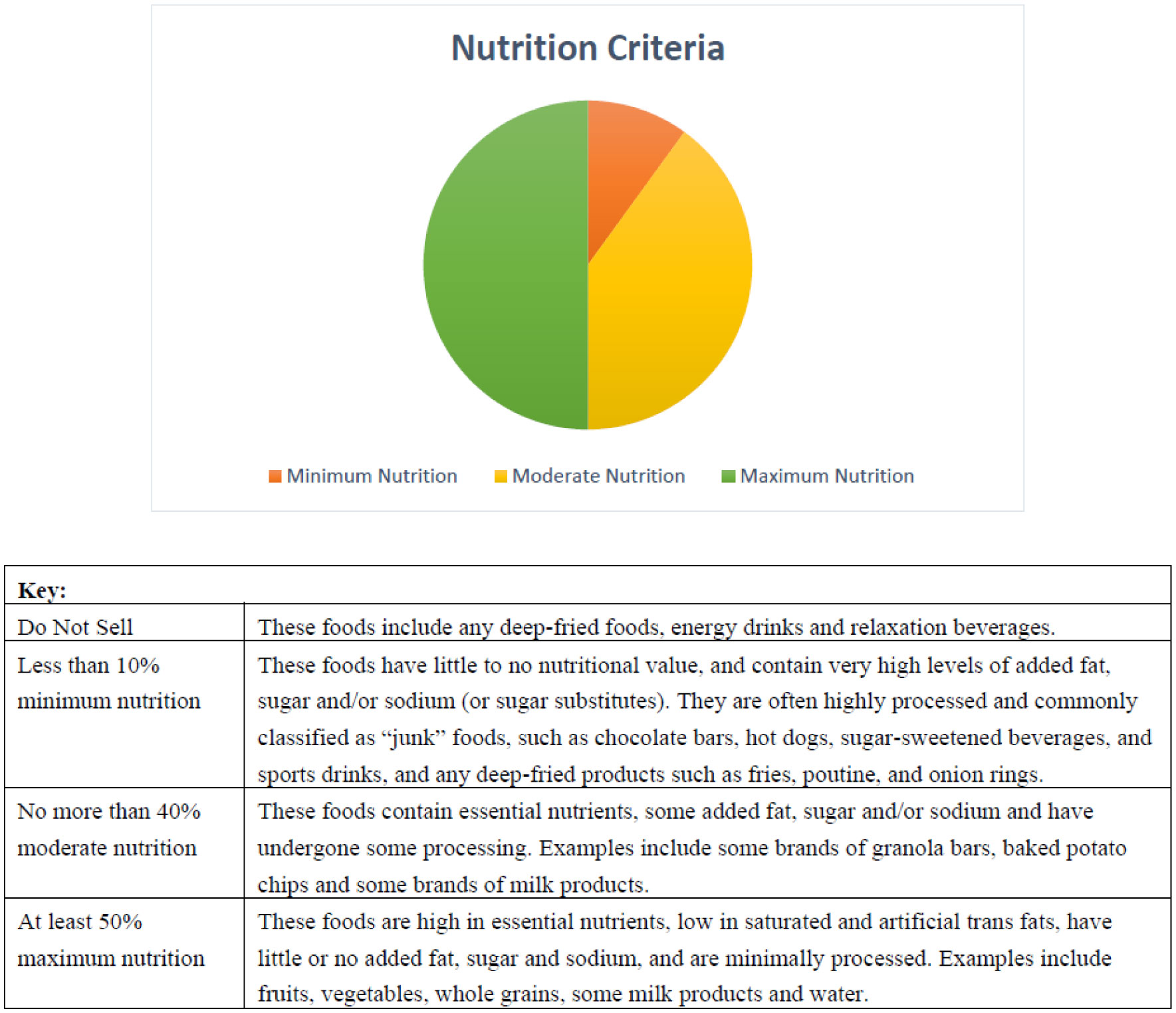
 DownLoad:
DownLoad: 
